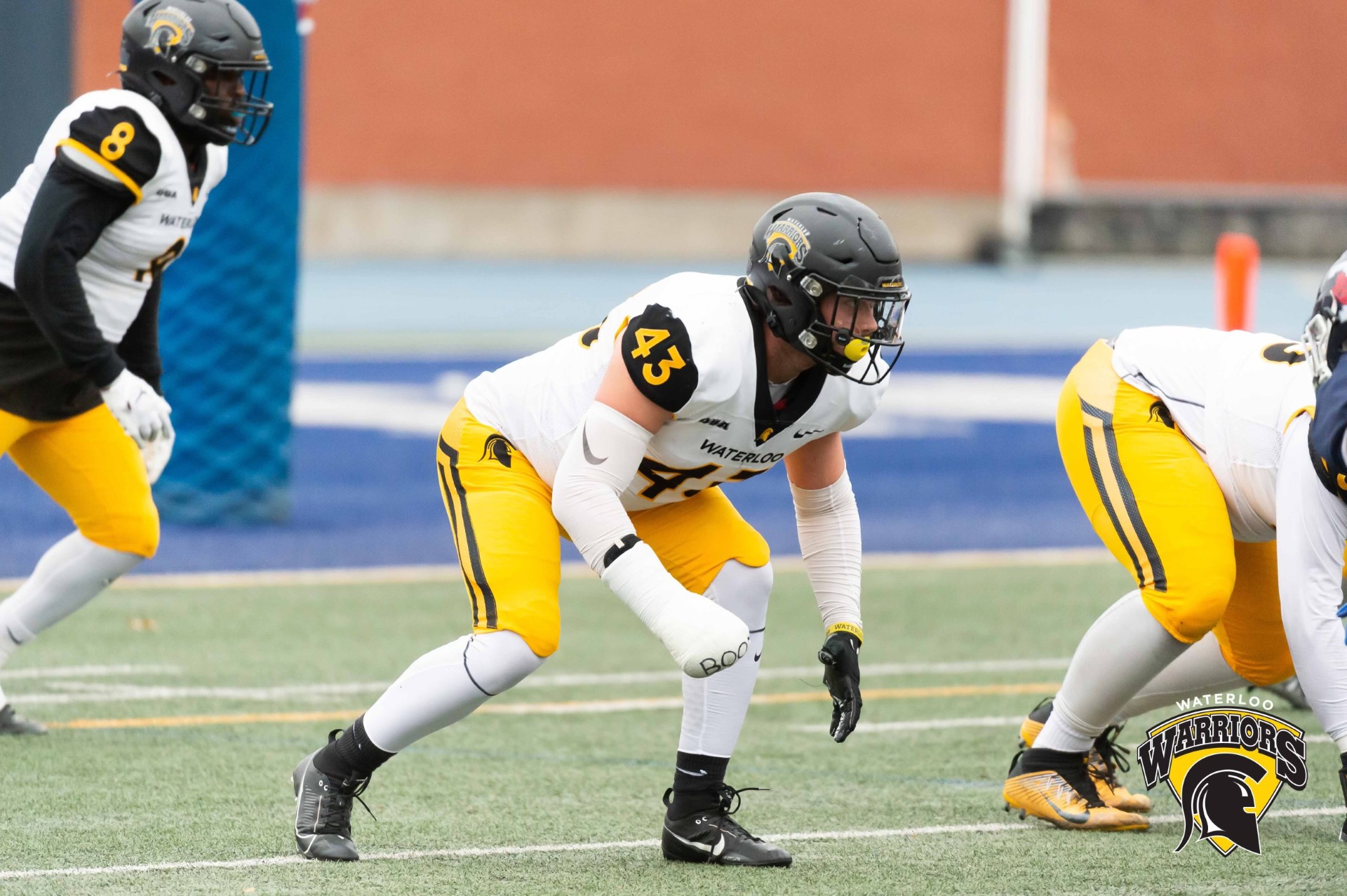
For many individuals who follow and have a passion for sport, it is common knowledge that the work athletes put in the off-season directly correlates to the success —— or lack thereof — that athletes experience in the season. With this being the case, it naturally begs the question: what does a typical off-season look like for varsity athletes?
In attempting to gain an understanding of what a typical off-season looks like, I sat down with athletes across various sports and discussed their off-season protocol. I chatted with Kyle Dawdy, graduating varsity football team member; Kevin Zhang, a first-year sensation on the varsity swim team; and Nora Kotun, graduating member of the women’s varsity volleyball team. The common thread amongst all athletes is that off-season protocol varies tremendously, even between individuals of the same team.
Being a member of the varsity football team myself, I understand the off-season routine and what is expected of us. Nonetheless, I was interested in how other team members spent their time off season.
For starters, Dawdy shared, “The off-season is a grind — the time commitments and the requirements for us players throughout the winter and summer term was the same, if not more strenuous than the demands in season. We are required to lift at least four times a week, and on top of that have on- field practice two times a week.
“Football is a unique sport in the sense that we have a very short season. We play eight regular season games, starting in the last week of August, and if you make it to the finals, the Vanier Cup is played in mid-November. In the best of cases, the season is just over three months.”
With a sport like football, where the off-season makes up just under three-fourths of the calendar year, iIt is safe to say that off-season training is crucial to the overall success of the season. This is why the off-season training is so strenuous — when you only have three months to make or break, it is an absolute requirement to put in the work off-season.
What’s interesting to note in this instance is that out of all varsity sports, the football season is the shortest. So, to gain a different understanding of what the typical off-season regiment may look like, I turned to a sport that has a much longer season — swimming. This is where I was very surprised to find out that in some cases, for some members of the swim team, like Kevin Zhang, their season is more or less 12 months long.
Not only is Zhang a member of the varsity swim team at UW, but he is also a member of the Canadian national team. “The UW swim season usually starts around mid-September, and if you qualify for U Sports Nationals, the final competition is in March,” Zhang said.
Throughout the interview, Zhang emphasized that each swimmer’s off-season looks very different. “As soon as my swim season at UW finishes, I begin giving my attention and training toward training for Canadian nationals in July,” Zhang said. “This is not the case for all members of the team —— some go home to take time off, some swim for a club team, and some may just swim recreationally, or not at all, really depends person to person.”
For an individual like Zhang, he is swimming and training 12 months out of the year, maybe having a few weeks off in between nationals and the start of the U Sports season. So, he doesn’t have an “off-season.” The adage “good work brings more work” especially holds true in this sense. Since Zhang is such a talented swimmer, he doesn’t get an off-season — he goes right from U -Sports swimming to swimming on the national team.
Finally, to wrap up my goal of understanding what the typical off-season looks like for varsity athletes at UW, I wanted to find a middle ground between football, being a short season and a team sport, and swimming, a long season that is an individual sport. Hence, I decided to interview a member of the varsity volleyball team.
The volleyball season unofficially begins near the beginning of the fall term. Mandatory training and pre-season games take place up until early November, then the actual season starts in November with nationals taking place mid-to-late March. I sat down with Nora Kotun, a member of the women’s varsity volleyball team to gain insight on their off-season.
Kotun shared that every off-season, each team member is sent a workout program from the strength and conditioning department at UW for training. Each member of the team is expected to complete and track their off-season via these workouts. “This program is very generic and is more or less a one-size-fits-all all-strength and conditional package,” Kotun said. “Due to this, since our off-season is over the summer and a lot of girls aren’t in classes, they go home and work with their trainers who provide a more personalized [strength and conditioning] plan.” On top of this, Kotun added that many girls go home and play beach volleyball or play for various club teams during the off-season.
“Regardless of what you do in the off-season, all our coach is concerned about is that you come back in August ready to play. It is quite evident every August who put in the work and who did not.” Naturally, this leads to the assumption that at least for the women’s volleyball team, regardless of what you are doing in the off-season, you are expected to come back better than you were when the season ended.
Through these interviews, it became clear to me that there is no such thing as a typical off-season for all varsity athletes across different sports at UW. Moreover, what I was very surprised to find out is that even if athletes are competing on the same team playing the same sport, their off-seasons vary. Even as a member of the varsity football team, this is new knowledge to me. Our off-season is jam-packed with regimented times and mandatory sessions that all members of the team are required to attend, creating a very time-consuming and busy off-season. However, the same can’t be said for other sports.
Coming into this, I had the goal of understanding what the typical off-season looks like for a varsity athlete. To be completely honest, the only answer that I can give with confidence is that it not only entirely depends on the sport, but it largely also depends on the athlete, regardless of competing on the same team or playing the same sport.
However, I would be remiss if I didn’t share the one commonality amongst all athletes I interviewed: all athletes I discussed shared that regardless of what their off-season looks like or what they are expected or willing to do, they all take some sort of time away from their sport to reset and get their mind right for the next season. Being a varsity student athlete is no joke — taking the time to take care of your mental health is essential to finding success in not only varsity sport, but in anything.




